Top 5 Doctor Handwriting Readers Online to Recognize Doctors' Notes
- Part 1. Why Doctor Handwriting Is So Difficult to Read
- Part 2. Top Doctor Handwriting Readers Online
- Part 3. Challenges and Limitations of Doctor Handwriting Readers Online
- Part 4.Benefits of PDNob Image Translator
- Part 5. How to Use PDNob Image Translator to Read Doctor Handwriting
- Part 6. FAQs
- Part 7. Conclusion
Technology is leading the transformation of the healthcare sector which goes on evolving. One of the most innovative advancements in health technology is the development of computer reading online doctor transcripts designed to decipher famously illegible medical notes and prescriptions. This is more than a convenience-it's a game-changer in patient care and operational efficiency of healthcare settings. This article explores why doctor handwriting remains a persistent issue, reviews top doctor handwriting readers online, discusses challenges, and highlights the transformer role of PDNob AI Image Translator in revolutionizing healthcare communication.

Part 1. Why Doctor Handwriting Is So Difficult to Read
It's quite common knowledge that a considerable number of doctors are known to have illegible handwriting, but the reasons run deeper than that carelessness. Time constraints play a significant role. Intending to find precise handwriting, doctors often distract themselves with diagnosing patients and noting their findings in the record books. The medical profession involves so much vocabulary with technical terms, abbreviations, and symbols that it nearly makes no sense to be deciphered outside that profession. Fatigue, the main culprit, comes in after long hours of work, which does not afford doctors much timekeeping neat handwriting throughout the day. These all result in illegible notes, which can misinterpret and thus lead to errors in medicine and risks to patient safety.
Part 2. Top Doctor Handwriting Readers Online
Powerful tools have emerged from advancements in technology for easy decoding of handwritten doctor's notes. Below are some of the most effective doctor handwriting readers online available:
Google Lens
Google Lens is designed with a distinct specialization and can process various visual tasks including cursive deciphering. It is capable of scanning and understanding handwritten notes, even interpreting doctor's handwriting with considerable efficiency using OCR technology. For patients and healthcare providers looking to digitise and understand the meaning of written notes, this is a ready solution.
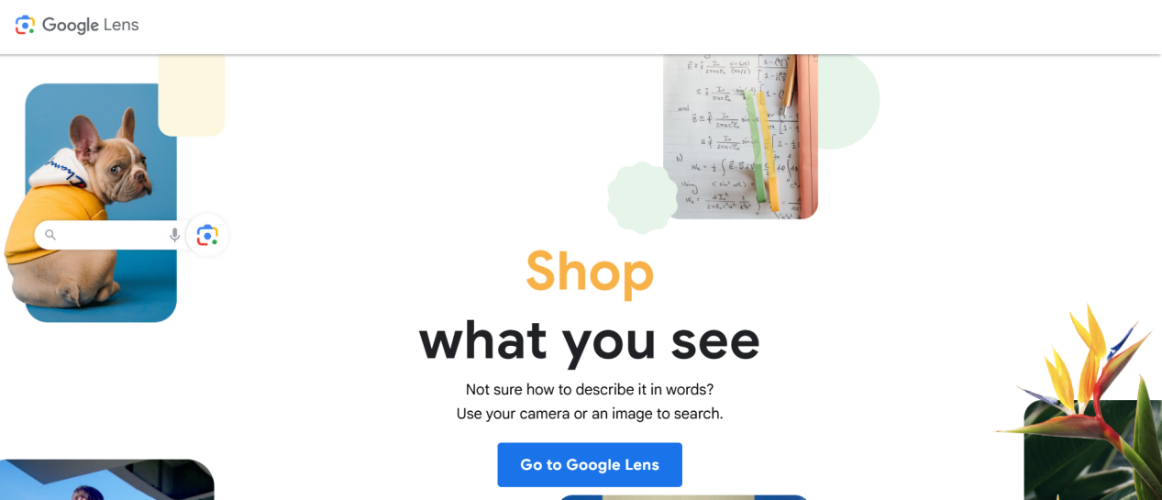
MyScript Nebo
Targeted at professionals and students alike, MyScript Nebo does an excellent job in converting handwritten notes into downloadable files. This app allows users to make changes to transcribed text content, edit text, change its format, and even display the content to users; this is most useful for people who regularly encounter handwritten content.
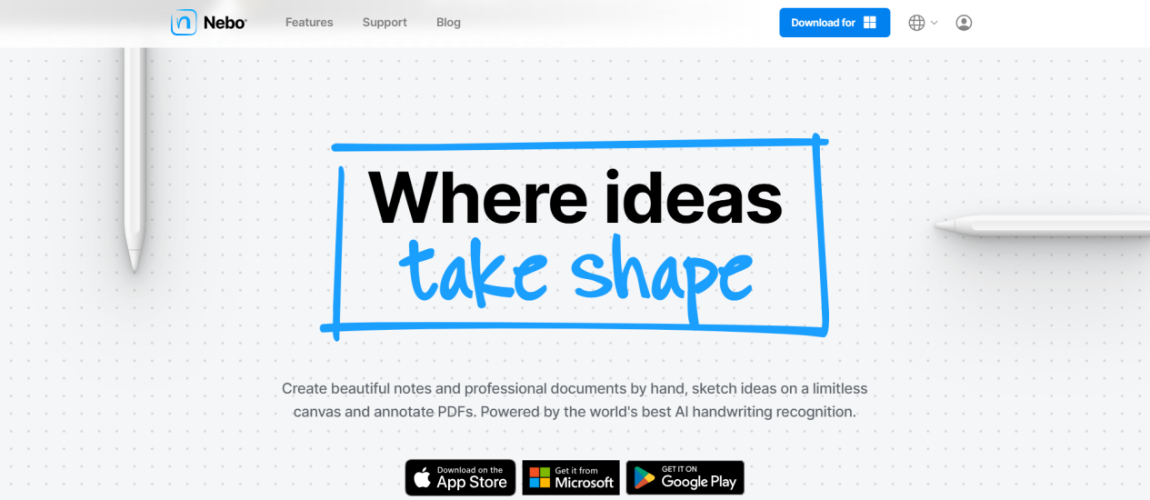
Microsoft OneNote OCR
Built into MS OneNote and as a distinguishing feature of the programme, OneNote can be very efficient in scanning stored documents that are handwritten thanks to integrated OCR, or Optical Character Recognition technology. This function has proven to be very useful when working with handwritten texts including complicated hand-drawn medical records, which are also scanned for easier use.
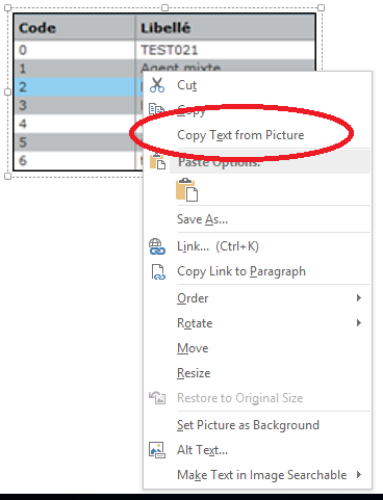
PDNob Free AI Image Translator
This tool is best recommended when it comes to understanding the most difficult handwritten notes, for example, those describing a patient. Due to the medical nature of PDNob Image Translator, the software can be advantageous in scenarios where professionals need to decipher complex letters by translating them with the help of an assistant.
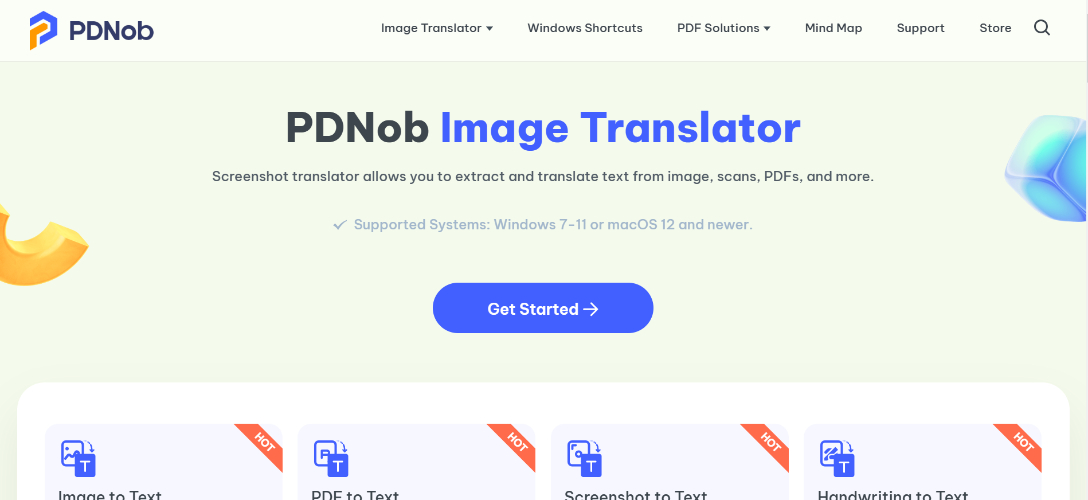
Adobe Scan
The Adobe Scan application acts as an efficient electronic document scanning device that converts handwritten documents into their digital versions. It simplifies the task of digitising handwritten data such as medical records, making the documentation process easier and more efficient.
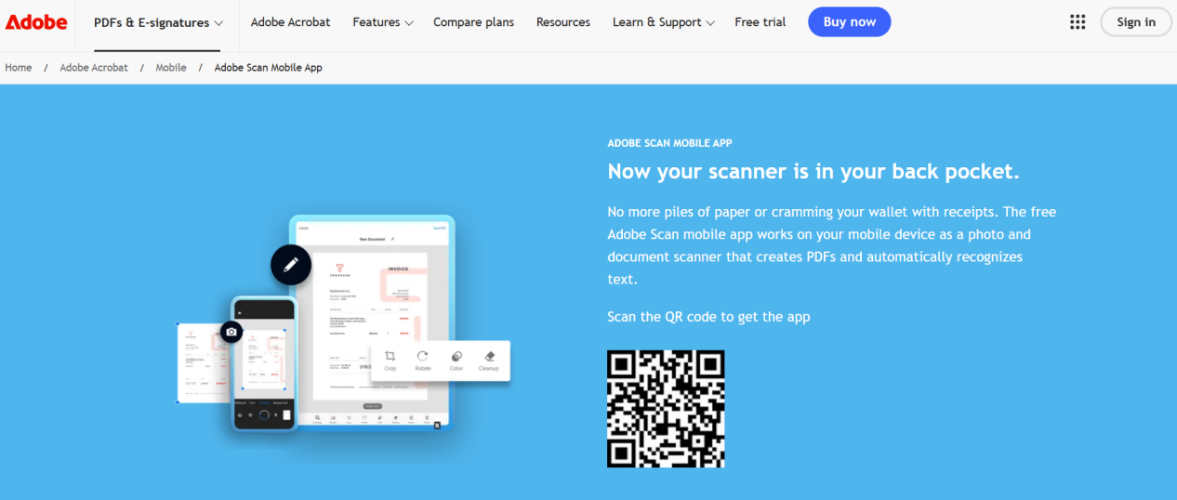
These tools are incorporated with cutting-edge OCR and AI technologies such that they will interpret handwritten notes which significantly ease time and effort.
Part 3.Challenges and Limitations of Doctor Handwriting Readers Online
Despite their efficiency, doctor handwriting reader online face certain challenges and limitations. The accuracy of these tools largely depends on the quality of the scanned handwriting.Inconsistent handwriting, or handwriting that is not clearly visible, could mislead. Another challenge exists in the fact that the text is even partially context-less. For instance, with respect to abbreviation medical phenomena less explained, there is an amount of understanding needed. Additionally, while many tools support multiple languages, there can be inconsistencies in handling diverse scripts or complex characters. Cost and accessibility also present barriers for smaller clinics or individuals, as high-end solutions may not be affordable. Overcoming these limitations requires ongoing advancements in AI and machine learning to refine these technologies further.
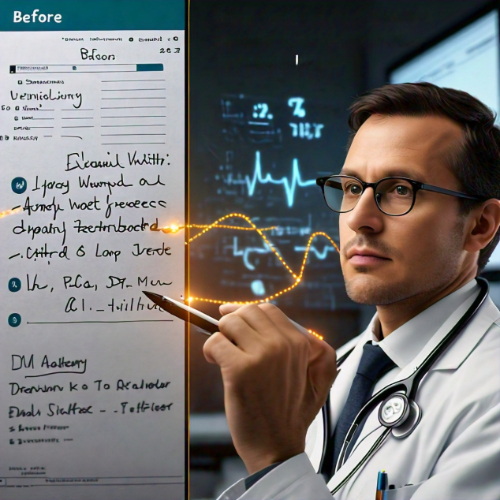
Part 4.Benefits of PDNob Image Translator
Among the various doctor handwriting readers online, PDNob AI Image Translator emerges as a leader in this field. Its key benefits include:
-
High Accuracy: PDNob excels in accurately decoding even challenging handwriting, reducing errors significantly.
-
User-Friendly Interface: This means that the organization's tool is designed to work intuitively and that the use will be nice, easy, and open to individuals of all technical backgrounds.
-
Cross-Platform Compatibility:Be it a smartphone or a tablet or desktop, PDNob goes well with all of them.
-
Time Efficiency: For healthcare professionals, this will save time in making handwritten notes into digital text very quickly.
-
Affordability: PDNob has a very attractive pricing policy, and at the same time, they have not compromised on features, thus making it an option to consider by different categories of users.
PDNob’s ability to address the unique challenges of medical handwriting makes it an indispensable tool in modern healthcare.
Part 5.How to Use PDNob Image Translator to Read Doctor Handwriting
Using PDNob Image Translator is straightforward and requires only a few steps:
-
Capture the Image: Take a clear picture of the handwritten document or prescription using your device.
-
Upload the File: Open PDNob and upload the image for processing.
-
Select the Language: Ensure the correct language is selected to improve recognition accuracy.
-
Process the Image: The tool can scan and convert the handwriting into digital text.
-
Review and Save: Be sure to verify the text before saving it for future use or passing it along.
In following these steps, now users can convert handwritten notes into editable text easily, thereby creating more efficient and clear healthcare documentation.
Part 6.FAQs
Q1: What is the success rate of handwriting readers with medical notes?
A 1: Success rates vary depending on the quality of handwriting, but advanced tools like PDNob have high accuracy rates for medical documents.
Q2: Are these tools secure for handling sensitive medical data?
A 2: Reputable tools like PDNob ensure robust data security and comply with industry standards for privacy and confidentiality.
Q3: Can these tools decode abbreviations or symbols commonly used by doctors?
A 3: While some tools struggle with context, PDNob is designed to handle medical jargon and symbols effectively.
Q4: Are these tools suitable for non-medical applications?
A 4: Absolutely! Handwriting readers are versatile and can be used to decode any handwritten text.
Q5: Do handwriting readers support multiple languages?
A 5: Yes, most advanced tools, including PDNob, support a variety of languages to cater to diverse user needs.
Part 7.Conclusion
The advent of doctor handwriting readers online marks a significant step forward in improving healthcare efficiency and accuracy. Tools like PDNob AI Image Translator are leading this revolution by offering precise, user-friendly solutions for decoding handwritten medical notes. Yet, despite facing various obstacles, they would undoubtedly become bright promises in speeding up the workflow, minimizing error, and most certainly improving patient care. The journey of this evolution will, indeed, go a long way in automating future healthcare systems to make them smarter than ever before for the working professionals and the patients.
Speak Your Mind
Leave a Comment
Create your review for Tenorshare articles
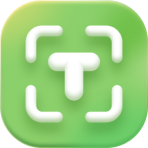 PDNob Image Translator
PDNob Image Translator
Instantly translate various types of images to text.








